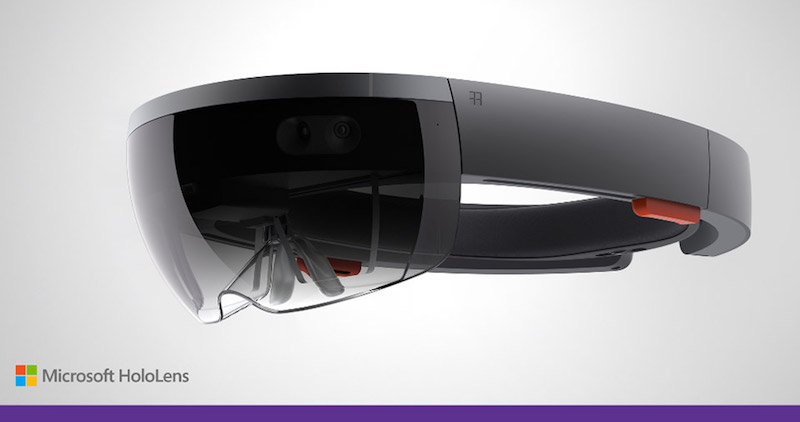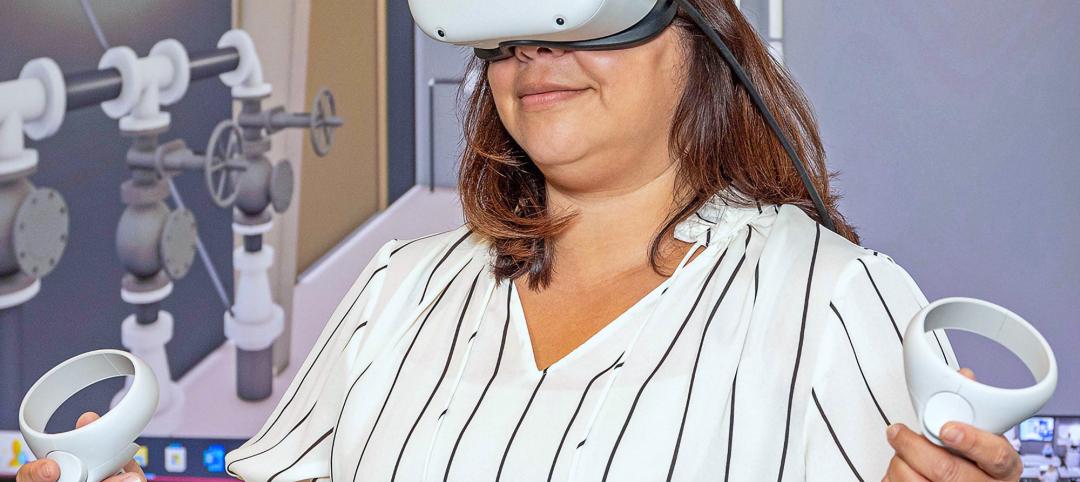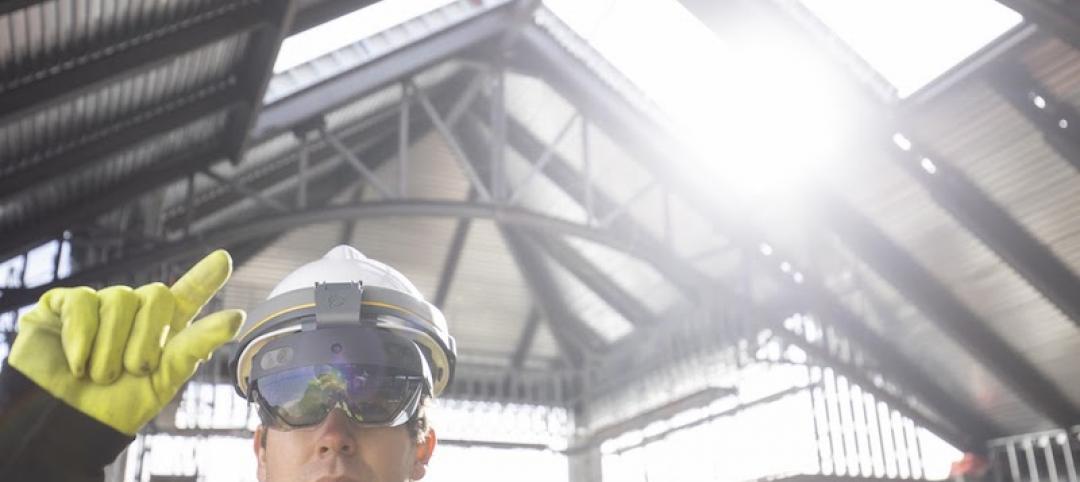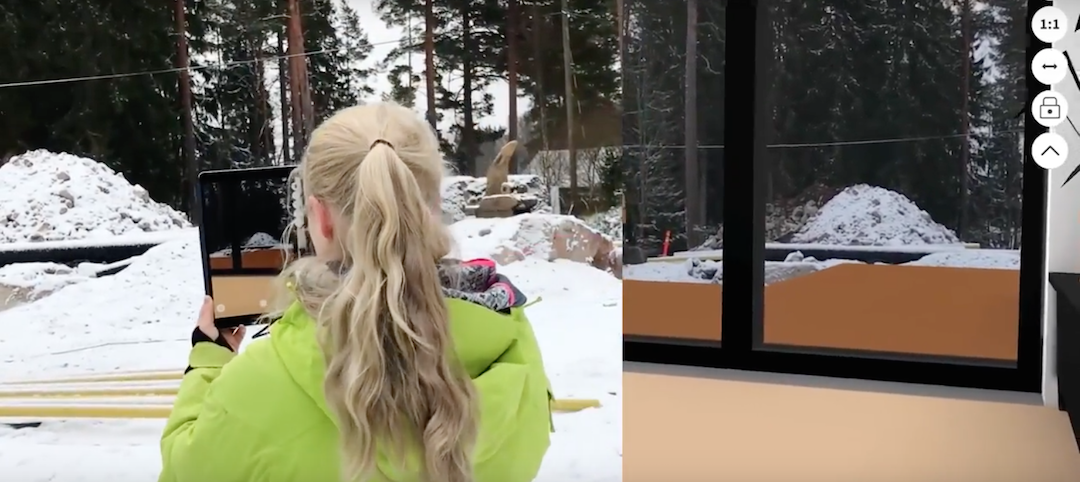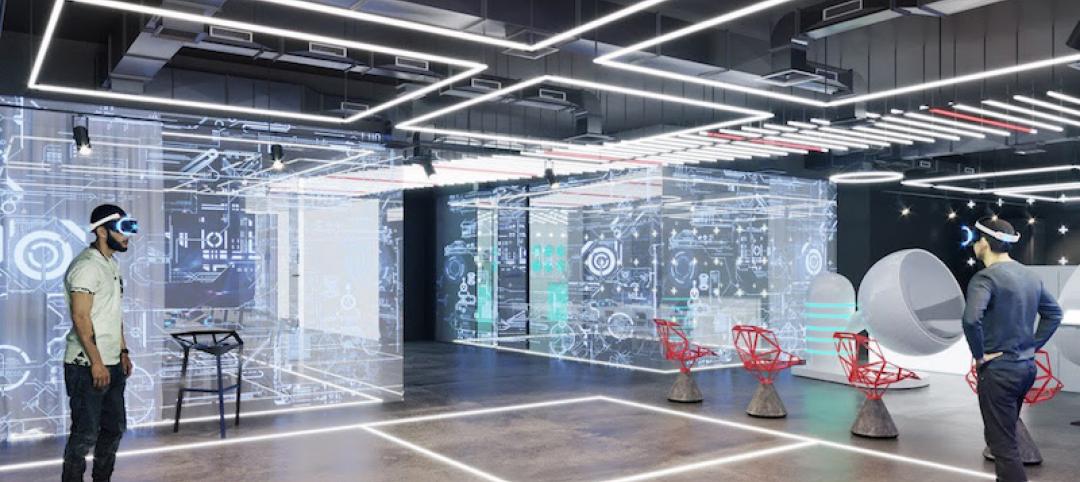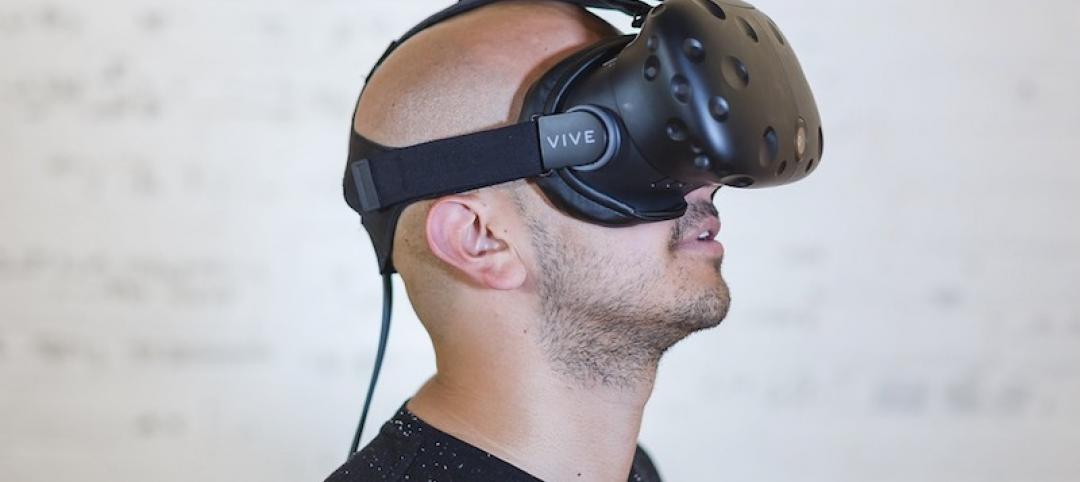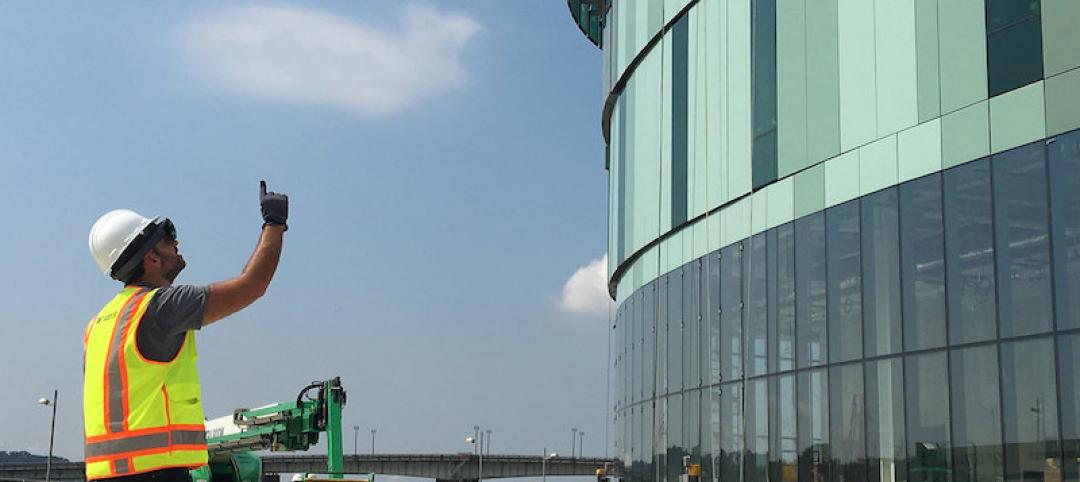Large, complex buildings can be difficult for anyone to navigate, but take away the benefit of sight and they can be downright impossible. But a solution may be on the horizon.
Recent prosthetic approaches to restore vision for the blind have attempted to convey raw images to the brain. These attempts have all suffered from the same problems, however: a lack of bandwidth and the extensive training required to interpret unusual stimuli.
This new approach, created by Researchers at the California Institute of Technology, takes an alternate approach that uses the Microsoft HoloLens mixed reality headset to restore vision at the cognitive level, bypassing the need to convey sensory data. The HoloLens is used to capture video and other data, extract the important scene knowledge, and convey that knowledge through auditory augmented reality.
The researchers say their design principle was to give sounds to all relevant objects in the environment. Each object in the scene can “talk” to the user with a voice that comes from the object’s location. As the object gets closer to the user, it’s pitch increases. The user has several modes of control to select which objects speak: Scan, Spotlight, and Target.
See Also: Altered reality showdown
In Scan mode the objects call out their names in sequence from left to right to provide a quick overview of the scene. In Spotlight mode, the object directly in front of the user speaks, allowing the user to explore the scene by moving their head. In Target mode, the user selects one object that calls repeatedly at the press of a clicker. Obstacles and walls emit a hissing sound as the user gets too close.
For long range navigation, the system becomes a “virtual guide.” The guide follows a precomputed path through a building that has been pre-scanned with the HoloLens. The guide will repeatedly call out “follow me,” staying one meter ahead of the user, and will offer warnings about any upcoming turns or flights of stairs.
The researchers say neither training nor modification of the physical environment are required to use any of the system’s modes and blind subjects will be able to navigate an unfamiliar multi-story building on their first attempt.
You can watch a video of one of the test subjects using the system here.
Related Stories
Augmented Reality | Jan 27, 2023
Enhancing our M.O.O.D. through augmented reality therapy rooms
Perkins Eastman’s M.O.O.D. Space aims to make mental healthcare more accessible—and mental health more achievable.
Virtual Reality | Dec 12, 2022
Supplementing workplace connections through digital knowledge networks
Zachary Wassenberg of Burns & McDonnell breaks down three applications for digital knowledge networks: training, libraries, and instructions.
Augmented Reality | Jun 22, 2022
Not just for POKÉMON GO anymore: how augmented reality is transforming architecture
By solving a long-standing communication problem, Augmented Reality (AR) is poised to make architecture quicker, nimbler, and more cost effective.
AEC Tech Innovation | Oct 7, 2021
How tech informs design: A conversation with Mancini's Christian Giordano
Mancini's growth strategy includes developing tech tools that help clients appreciate its work.
Augmented Reality | Mar 7, 2019
Trimble unveils new mixed-reality device with Microsoft HoloLens 2 technology
The wearable device is hard hat compatible.
BIM and Information Technology | Jan 10, 2019
'BIM to AR' comes to the masses
Could new technology that simplifies the transfer of BIM models to augmented reality push AEC firms to go all in on extended reality?
Building Technology | Dec 18, 2018
Data and analytics are becoming essential for EC firms competing to rebuild America’s infrastructure
A new paper from Deloitte Consulting advises companies to revise their strategies with an eye toward leveraging advanced technologies.
Augmented Reality | Nov 9, 2018
Is this the future of amusement parks?
The concept will be presented in Orlando at the IAAPA Attractions Expo.
Augmented Reality | Nov 2, 2018
Savannah College of Art and Design offers new four-year degree in Immersive Reality
The program began its first year with the fall 2018 semester.
Augmented Reality | Oct 29, 2018
AR is indispensable to design and construction
Using AR, vital construction data can be transferred instantaneously from the design model to the augmented reality overlay.


